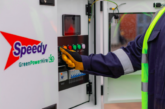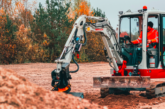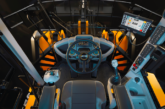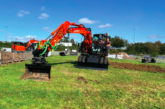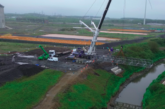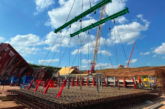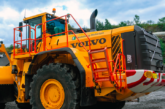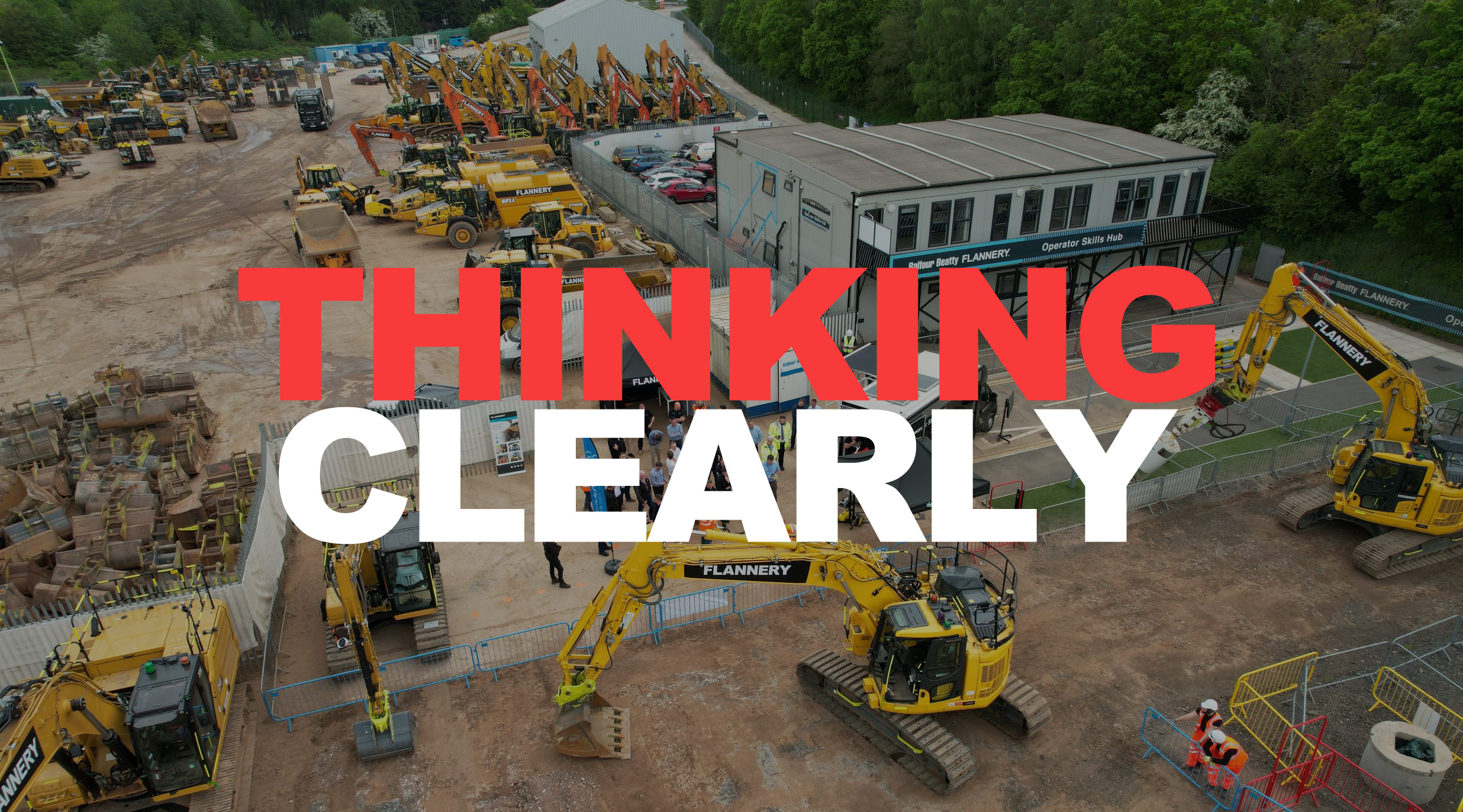
Well, that’s a wrap then. The end of another year in the construction plant industry, and one that seems to have been a success in terms of progress made on a number of fronts.
Certainly, judging by what’s come across our desks and covered in CPN over the last 12 months, there appears to be lots of clarity as to where equipment is heading vis a vis how machines will be powered going forward, the adoption of technology for greater efficiencies and the focus on safer working.
Unlike the on-highway market, where debate about the practicalities of electric, battery and other power sources still rages, machine equipment manufacturers have delineated what works where and delivered a growing number of electric models that work just as well as their diesel counterparts. Okay so there might be a more rigorous focus on charging/work patterns but for the most part you can get a full day’s work out of an excavator without having to worry about running out of juice.
All the major machine brands are heavily invested in electric as the future where it is practical and numerous tests, studies and anecdotal evidence would support that this is the way to go. Fuel cells and hydrogen seem destined to be the driving force for larger machines and it will be interesting to see how this develops in the coming years. One obviously can’t ignore JCB here, as the company is really pioneering hydrogen as a cost-effective alternative to diesel, especially with the huge carry over of components from traditional ICEs.
Machine control is another area that is worthy of mention. Yes, it has been around for some time, think graders and dozers, but adoption on machines like excavators has been slower but is now gaining traction. Technology specialist Topcon believes that the adoption rate in Europe is only about 10% so plenty of growth ahead, particularly if 30% increases in productivity are on offer like the company claims. CPN has run several stories this year where operators have employed machine control to great effect, citing the cherished triumvirate of lower costs, greater efficiencies and increased profitability.
Technology has also had a beneficial effect on site safety. While manual protocols have always figured in safe site and machine operation, the rise of artificial intelligence (AI) has taken it to a new level. The ability to differentiate humans from objects, to see the unseen, to constantly scan the perimeter of the machine’s working range for any potential danger, are wholly welcome and are key to reducing, or better, eradicating life-threatening events.
It will be interesting to watch what happens with the above in 2024, and rest assured, we will do our best to keep you abreast of all the developments, so keep reading!
Happy reading
The CPN team

